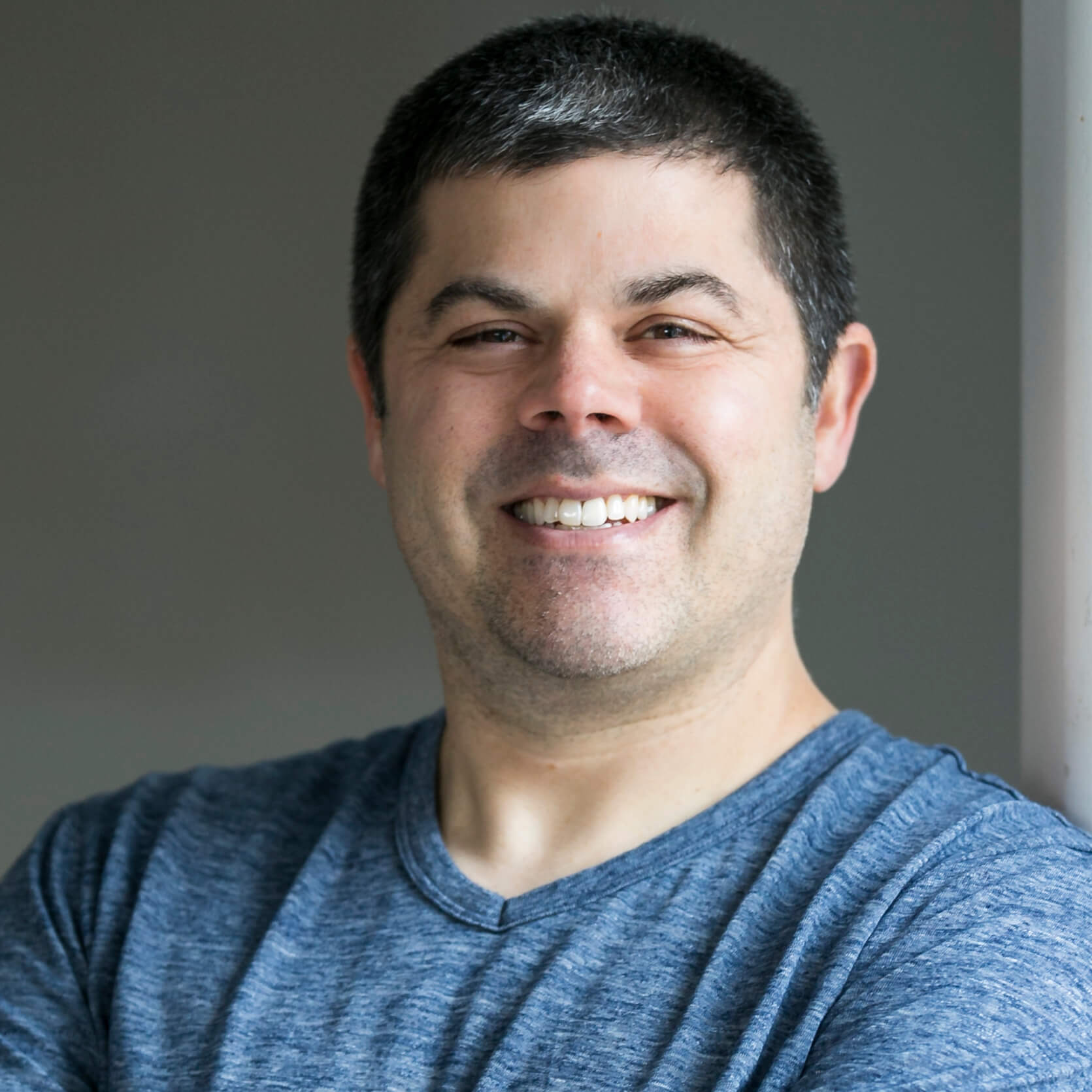About halfway through my career, I experienced tremendous burnout. I felt like I was stuck in the hamster wheel of dentistry. However, with the help of therapy and life coaching, I overcame this and returned to enjoying being a dentist.
This new mentality didn't happen overnight, and it took a lot of soul-searching and changes in and out of the dental chair. I have learned that I get re-energized by adding new techniques, treatments, or technology to my practice. I enjoy trying new things that can help me become more efficient and productive and enjoy the profession more.
Some additions to my practice can take a while to master, like adding a new treatment modality like sleep apnea. In contrast, other innovations can be adapted quickly, such as finding a new material or workflow that helps with everyday bread-and-butter procedures like fillings and crowns.
When I first started practicing 20 years ago, the options for dental materials were different. I used to place a lot of amalgam fillings and porcelain fused to metal crowns, but I don’t do those anymore. Now, my go-to materials are composite resins and ceramic crowns.
For composite fillings, my workflows and techniques have also changed with time. When first starting, my protocol was to have a palette of shade guides with shades from A1 to D4, squeeze some material out, and put it on the tooth. I would then give the patient a mirror and see if they approved the shade. Sometimes, it took several attempts to get it right. I had to have a larger inventory of potential shades available; it would be better to have different options in case of a tricky shade. This was often time-consuming and stressful.
Currently, I use polychromatic one-shade composite resins capable of bulk filling and esthetic shade-matching. The composite blends in to match the underlying shade of the tooth structure.
Let's look at tooth #3, Buccal Abfraction case.
This procedure was the result of “same-day dentistry.” As described in article #1 (link article #1), the patient had a #14 full zirconia screw-retained implant crown inserted. The patient was shown the restoration with a full-face patient mirror to approve the fit and esthetics. The patient approved the crown but also pointed to the buccal of the upper right first molar, complained of gum recession, food impaction, unaesthetic appearance, and sensitivity, and asked if I could fix it.

My workflow for this case was as follows:
- Isolation device
- Without anesthesia, an air abrasion system with aluminum oxide 50-micron particles was used to sandblast the treatment area, clean and roughening the surface, and prepare it for bonding.
- Sprayed air and water to clean
- Microprime G to minimize sensitivity
- One-step bond
- Restored with an initial layer of OMNICHROMA BLOCKER Flow to block out any dark dentin tooth structure.
- Final restorative layers with OMNICHROMA Flow BULK
- Finished and polished with high and low-speed burs
- Showed the patient the results for final approval.
 |
 |
 |
Wow Factor
In the movie Avengers: Infinity War (2018), I love the scene where Tony Stark proudly says, “It's nanotech. You like it?” to Bruce Banner about his new Iron Man suit.
Similarly, dentists should take advantage of and impress patients by letting them know we use the best technology and state-of-the-art materials available. We need to show our patients that we are at the forefront of the industry.
Most patients will be interested, especially the scientists or engineers who love these discussions. Now, you don’t have to get too deep into the scientific weeds and say that the materials are made of 260 nm spherical fillers. Still, you use lay terms to show them the old, defunct shade palettes and educate them on all the research and development that goes into these products.
I speak in lay terms to patients so they can understand, be educated, decide to accept treatment, and then show them the pre- and post-op.
Conclusion
I’m all for anything that can help me make Fewer decisions and become a Better dentist. A One-Shade Composite is just one of many innovations dentists have at their fingertips. Less need to stock excess materials, less inventory management, and fewer shades mean less stress; whether small or large, change can be a great thing for your practice.

